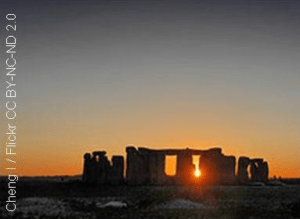Sehr geehrte Damen und Herren!
Die diesjährige Sonderschau in der Kartause Mauerbach, BRÜDER SCHWADRON und die WIENER BAUKERAMIK, widmet sich einem besonders dekorativen Thema am historischen Bau: der Baukeramik der Jahrhundertwende mit bunten Wandkacheln und ornamentalen Bodenfliesen in den Stiegenhäusern und Foyers der prächtigen Zinshäuser in Wien.
Der Kartause Mauerbach freut sich, Sie zu Ihrer Ausstellungseröffnung am 30. Mai 2015 um 14 Uhr einladen zu dürfen, die im Rahmen der TAGE der OFFENEN KARTAUSE von 30. bis 31. Mai 2015 stattfindet. Neben Spezialführungen, Sonderausstellungen, Weinverkostung und Kinderprogramm, bieten sie an diesem Wochenende wieder Einblick in das vielfältige Aufgabengebiet der Baudenkmalpflege mit Kalkbrennen und Ziegelschlagen, Schmieden, Ziselieren, Pigmentherstellen, traditionellen Steinmetztechniken und der Herstellung von Ornamentfliesen (Eintritt frei).
Nachstehend ist die EINLADUNG zur Ausstellungseröffnung mit Anfeuern des Kalkofens.
Um Anmeldung zur Eröffnung wird gebeten unter mauerbach@bda.at.
EINLADUNG zur Ausstellunsgeröffnung BRÜDER SCHWADRON und die Wiener Baukeramik, Kartause Mauerbach



